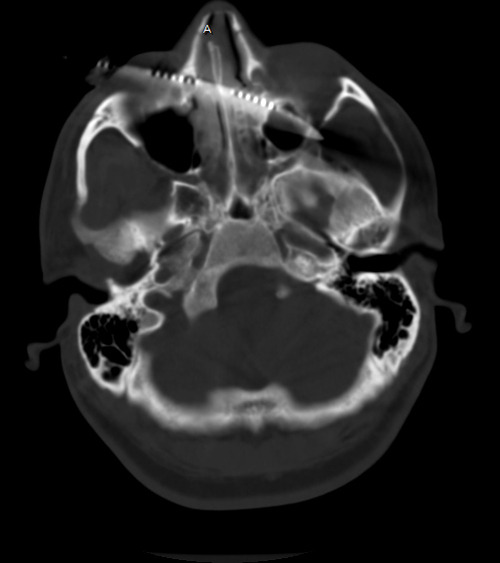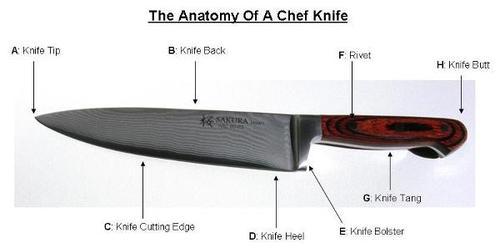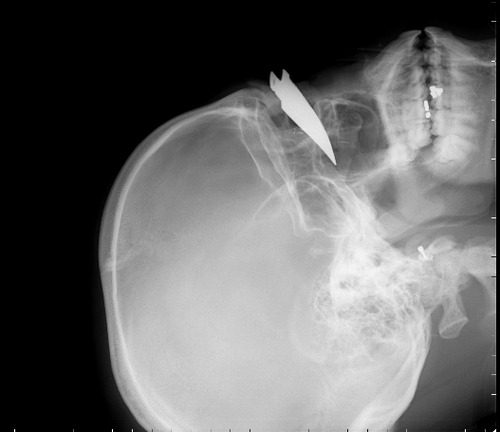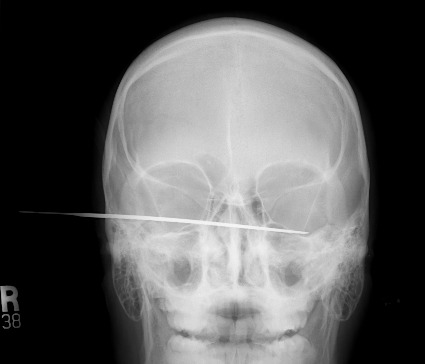A major part of any patient encounter is the physical exam. This is particularly true in the trauma patient, because it allows trauma professionals to identify potential life and limb threatening injuries quickly and deal with them. Unfortunately, we tend to mentally block out certain parts of the body, typically the genitalia and perineum, and may not do a complete exam of the area. I call these areas the naughty bits. For those of you who don’t get the reference, here’s the origin of this phrase:

Specifically, the naughty bits are the penis, vagina, perineum, anus and natal cleft (aka the butt crack or arse crack). These areas are more likely to remain covered when the patient arrives, and are less likely to be examined thoroughly.
In penetrating trauma, a detailed exam of these areas is extremely important in every patient to avoid hidden injuries and to determine if nearby internal structures (rectum, urethra) might have been injured.
Here are some tips for each of the areas:
- Penis – Always look for any blood at the meatus (or a little blood in the underwear) as a possible sign of urethral injury. This is frequently associated with pelvic fractures.
- Scrotum – Blood staining here is usually from blood dissecting away from pelvic fractures. Patients with this finding are more likely to need angiographic embolization of pelvic bleeding.
- Vagina – external exam should always be done. Internal and/or speculum exam should be done in pregnant patients, and those with external bleeding or pelvic fractures
- Perineum – Also associated with pelvic fracture and significant bleeding. Skin tears in this area are usually lacerations indicating an open pelvic fracture. Alert your orthopaedic surgeons early, and do a good, clean rectal exam (carefully wipe away all external blood). Rectal injuries are common with this finding, and a formal proctoscopic will probably be required.
- Anus – Skin tears virtually guarantee that a deeper rectal injury will be found. Proctoscopic exam in the OR is mandatory.
- Natal cleft – Usually not a lot going on in this area, except in penetrating injury. This is the only area of the naughty bits that can be safely examined in the lateral position.
Bottom line: The naughty bits are important because the occasional missed injury in this area can be catastrophic! Do your job and force yourself to overcome any reluctance to examine them.
Related posts:




